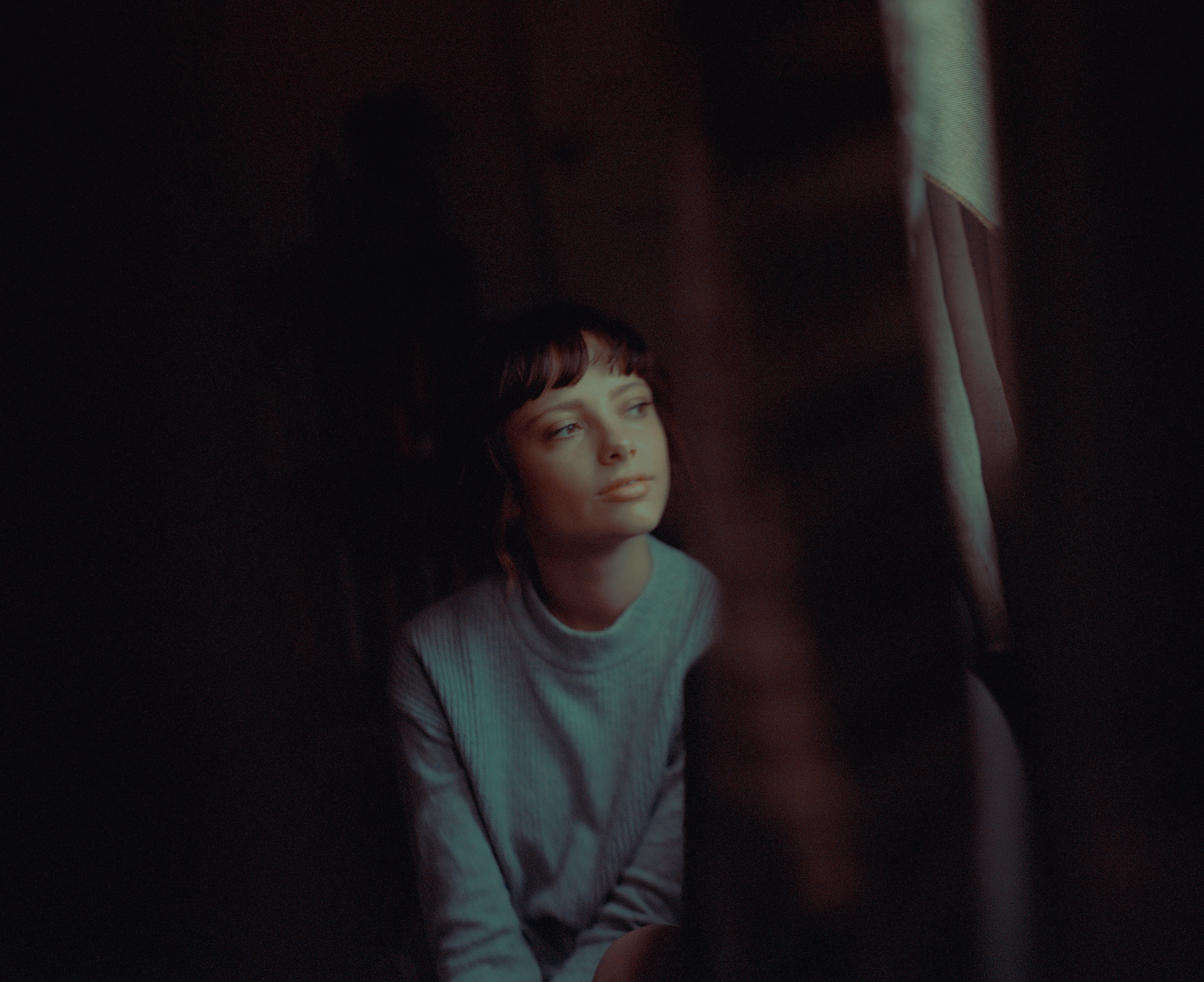How To Develop Your Own Film with Jai Long

September 11, 2020
category |
Written by |
Hey guys, today we’re gonna chat about developing your own black and white film. This is a great way to be 100% involved in the entire process of capturing a photo, from shooting your image to developing the final product. Also, sending your film off to a lab can be time-consuming and expensive, so it’s cool to be able to do it yourself.
I wanted to create this IGTV episode and this post because when I’ve searched online for information on this topic, and I’ve found it’s difficult to get detailed instructions on developing your own film without a darkroom.Everybody ready? Let’s dive in!
WHAT APPS CAN I USE TO DEVELOP YOUR OWN FILM?
OK, so even though it’s kind of an old-school process, it doesn’t mean that we can’t use technology to help us along the way. There are some really useful smartphone apps that make the developing process so much easier because by breaking it down step-by-step and eliminating the guesswork.
My favourite app is Massive Dev (you can grab that on Apple or Android for free!); it’s the world’s largest film development chart and comes with a multi-step timer and darkroom support.
The app has development times for over 18,000 combinations of black and white films and developers. You can also adjust film development times by temperature, store lists of your most-used film and developer combinations, modify your preferred agitation schemes, and find the volumes of liquid that you need depending on your developer dilution.
Massive Dev allows you to achieve consistent results and its notifications allow you to agitate your tank accurately.

INGREDIENTS AND EQUIPMENT
For this example, I use 4×5 Kodak TMax 400 sheet film.
If you’ve already downloaded Massive Dev, head to the app and choose the size of film that you’re using and the developer. In this case, it would be 1-part developer to 25-parts water with ISO 400 film. The app walks you through the steps on the dashboard, and there’s even a darkroom format if you have access to one.
Once you get started, you’ll want to make sure you have an even spread of developer. You might want to try some test shots to ensure you’ve got the perfect amount of water and mix of developer.
The app tells me that for this process I want 30.8ml of developer and 770ml of water. It will also let you know the ideal temperature for your water. If you don’t have a thermometer, you can estimate the temperature in the room, which in this video is about 20°C. (Don’t worry too much if the temperature is not absolutely exact – I’ve never had an issue with the temperature having a negative effect on my end product.)
Use a smaller jar to measure out your developer but be careful as it is highly toxic – make sure you’re in a ventilated area and be really careful when handling the product. Play safe!
THE PROCESS OF DEVELOPING FILM
OK guys, now the really fun part! Pour the 30ml of developer into a jar of water and mix it together. Then put your sheets of film into the developing tank using a darkroom tent. Pour the developer straight into the tank and hit ‘Start’ on the app.
Massive Dev will show you exactly how to mix everything up. You’ll want to agitate the tank to make sure that all of the developer gets on the film. Follow the instructions on the app for the rest of the process, which includes a stop bath with fresh water to rinse out the negatives and a fixer bath for five minutes.
You’ll also need to use Hyper Clear, which is a cleaning agent that cleans the negatives and agitate for two minutes, as well as a final wash for another two minutes.
WHY DEVELOPING YOUR OWN FILM IS WORTH THE TIME & EFFORT
As long as you follow the instructions on the app, your photos should turn out great. I know that it can feel like a lot of work when you’re going through the development process but once you open up the tank and pull out the film, you’ll be able to hold a tangible result of all of your hard work in your hands…trust me, it’s worth it!
If you want to see how your image turned out straight away, you can use another called Film Developer. Basically, you take a photo of your negative and then you can instantly see a clear, positive image of how your photo turned out.
After drying out the images, you can take the negatives to get scanned – oh yeah, sure to communicate really clearly with the lab so that they can work with you to get the exact images you’re after.
I hope this has helped you better understand how to develop film at home – check out more photography tips & tricks in my other Instagram videos!